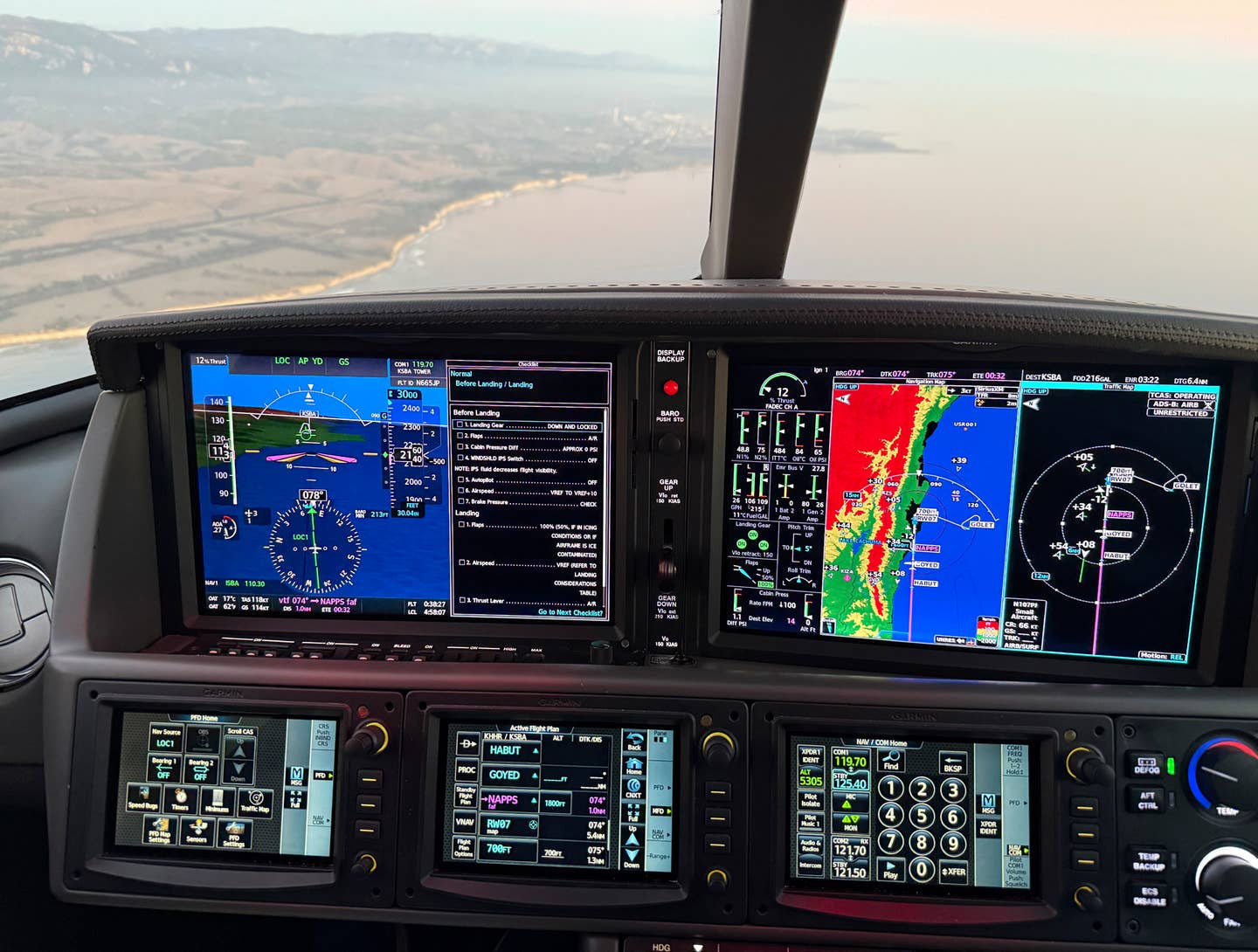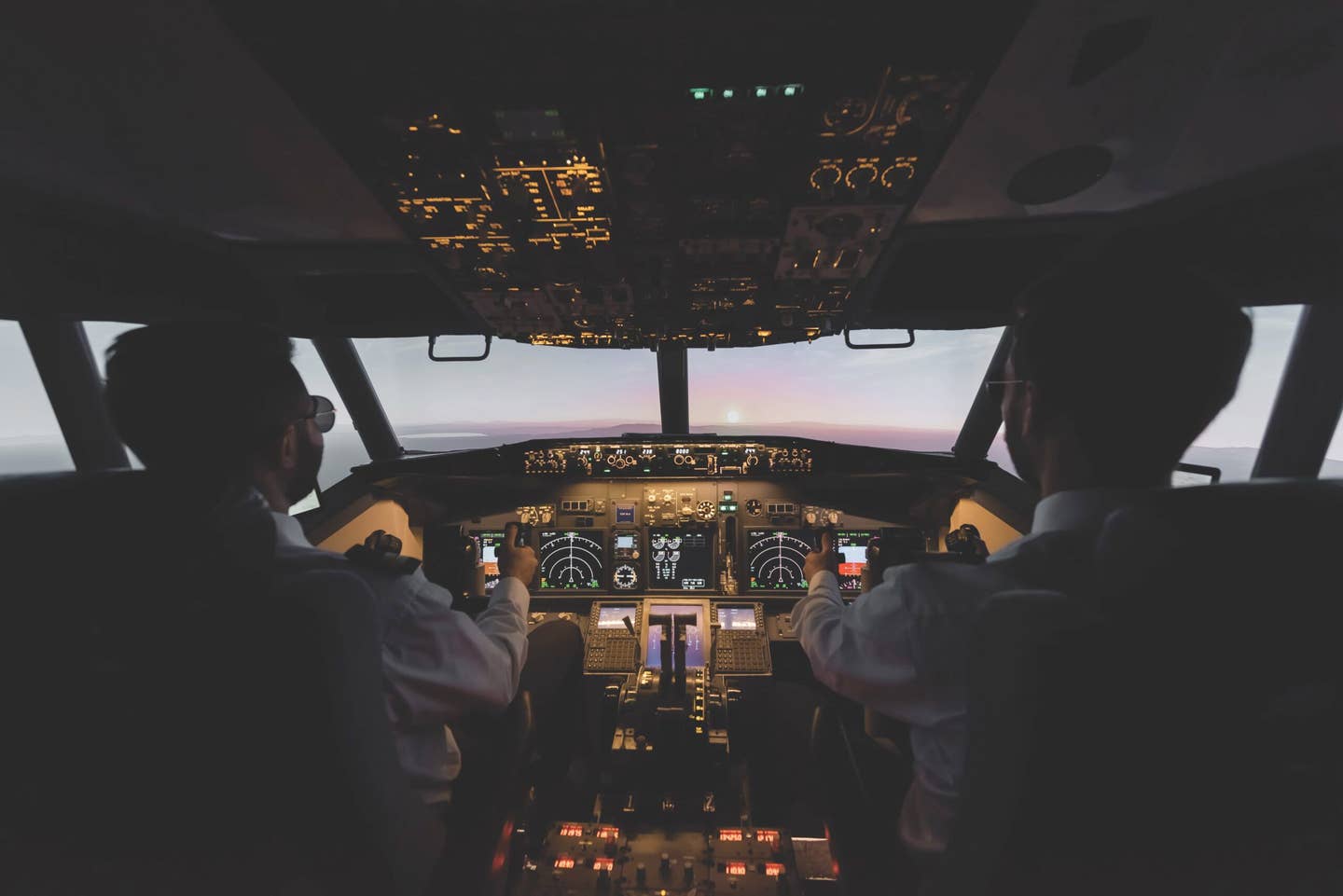
** The “macho” pilot of this DA40 who buzzed
a beach in Texas lost his certificate.**
"Taming the tailwheel" was the catchy title for an all-day seminar I attended recently. The program, a FAAST (FAA Safety Team) sanctioned event, was sponsored by EAA Chapter 146 at the Kline Kill Airport (NY1) in Ghent, New York. There were perhaps 40 of us in attendance, and almost all flew conventionally configured airplanes with the little wheel at the back end. As a FAAST program, the seminar qualified as an FAA Wings program, and, as an extra bonus, the EAA chapter provided a barbecue lunch.
The presentation team included Doug Stewart, who is a designated examiner and provides tailwheel training, and Cliff Allen, who works with Mike Goulian's Executive Flyers Aviation at Hanscom Field, Bedford, Massachusetts, and at the service and support facility at the Lawrence Municipal Airport in Lawrence, Massachusetts. Allen trains students in an Aviat Husky.
With the help of Avemco Insurance's history of claims for accidents and incidents involving tailwheel airplanes, Allen managed to make the accident record interesting and, dare I say it, entertaining. He talked about "moose stalls" (low and slow flights to scope out moose) and "predator stalls" in which airborne hunters attempt to rid the range of marauding coyotes and other predators that threaten ranchers' livestock. The most amusing section of his talk involved "Darwin Award" winners. The idea is that the "winners" were pilots who did something so stupid that their potential genetic contribution will never contaminate the evolutionary gene pool.
According to Allen, many of the Darwin accidents were "performed" for friends on the ground and, as a result, were frequently witnessed. Many also began with the pilot saying "Watch this." That should be a warning to all of us … if you're with a pilot who says "Watch this!" you want to do what you can to abort the demonstration!
After lunch, Stewart initially picked up where Allen left off and presented the facts — and some speculation — of what had caused a recent accident near Kline Kill airport. It seemed that, before the accident, several people felt the pilot was "an accident waiting to happen." More about that later.
After the short discussion of the local accident, the tailwheel pilots got down to operational questions about "taming the tailwheel." Asked to suggest subjects for discussion, the pilots quickly made a list: takeoffs (when to bring the tailwheel up), crosswind landings (slip or crab?), wheel landings or three point landings?, preventing ground loops, and hand propping, among other concerns. I was impressed by the give and take between the attendees and the presenters and the way knowledge — and operational experiences — were shared. Many of the answers depended on the type of airplane and the comfort and experience of the pilots.
I had learned about the seminar from an e-mail I received from FAAST. I've registered on the FAAST website (faasafety.gov) and indicated the geographic area in which I want to be alerted of safety seminars, courses and other activities that are being conducted within a reasonable distance of my home base. It's free to register, and I get an e-mail alerting me when and where a seminar is being held. If I plan to attend, I can register online. By registering beforehand, the presenters have my information, so it's easy for them to arrange for me to get my Wings credit for attending.
It was refreshing to know that at least these tailwheel pilots were interested enough in the safe operation of their airplanes that they gave up a summer Saturday to participate in the meeting. On the other hand, the fact that they attended indicated they were probably predisposed to improve their aviating ability. It would seem that all too often we're preaching to the choir. It's the pilots who don't attend that typically end up earning Darwin Awards and giving general aviation a black eye.
It's a good bet that the pilot flying a Diamond DA40 in Texas hadn't attended any of the recent seminars that highlighted the dangers of maneuvering flight — including buzzing! The pilot, with two passengers, buzzed Crystal Beach on the Bolivar Peninsula, near Galveston, Texas, during a Jeep rally. He wasn't looking at moose on the ground or trying to control predators, but he was trying hard to qualify for a "Darwin." He was prevented from that dubious honor when the FAA issued an emergency order of revocation and pulled his pilot certificate.
According to the order, when the pilot was asked by one of the passengers where they were going, he replied, "To buzz the beach." When the flight reached the beach, the pilot made multiple passes at altitudes lower than 50 feet above a group of vehicles and a number of people on the beach. At one point the pilot is reported to have banked and made a steep descent directly toward an individual on the beach. He flew so low the slipstream blew the man's hat off on two different passes while the pilot was seen to smile and one of his passengers waved at the man.
A fisherman on the beach had his fishing pole broken by the airplane when it snagged his fishing line while flying by at approximately 15 feet. Asked by a passenger if he'd get in trouble for flying so low over people on the beach, the pilot reportedly said he often buzzed the beach and wouldn't get in trouble.
Later, when he learned people on the beach had complained to local law enforcement authorities, he called the passenger and told her she "was never on that plane." He later contacted the passenger and told her that she should go along with the story that the aircraft was experiencing engine trouble.
The FAA said that the decision to pull the pilot's license was based on his violations of Section 91.119(a), (b) and (c) and Section 91.13(a) of the regulations. Section 91.119 defines limits on low-level flying, and Section 91.13(a) deals with careless or reckless operation of an airplane as to endanger the life or property of another.
Unfortunately, what attracts many of us to flying is the idea that we're in complete control of a four-dimensional world. I remember taking a friend for a flight and he marveled at the freedom of motion that flying offers. But the traits that make a person want to be a pilot and go through the often frustrating learning process are often the same characteristics that counter a tendency to be law-abiding — both to the aerodynamic and regulatory rules.
There are five identified hazardous attitudes that influence pilots to perform badly. According to the FAA's Pilot's Handbook of Aeronautical Knowledge, the five hazardous attitudes are anti-authority, impulsivity, invulnerability, macho and resignation.
Anti-authority: "Don't tell me!" This attitude is found in people who do not like anyone telling them what to do. In a sense, they are saying, "No one can tell me what to do." They may be resentful of having someone tell them what to do, or may regard rules, regulations and procedures as silly or unnecessary. However, it is always your prerogative to question authority if you feel it is in error.
Impulsivity: "Do it quickly."
This is the attitude of people who frequently feel the need to do something, anything, immediately. They do not stop to think about what they are about to do; they do the first thing that comes to mind.
Invulnerability: "It won't happen to me."
Many people feel that accidents happen to others, but never to them. They know accidents can happen, and they know that anyone can be affected. They never really feel or believe that they will be personally involved. Pilots who think this way are more likely to take chances and increase risk.
Macho: "I can do it."
Pilots who are always trying to prove that they are better than anyone else are thinking, "I can do it — I'll show them." Pilots with this type of attitude will try to prove themselves by taking risks in order to impress others. While this pattern is thought to be a male characteristic, women are equally susceptible.
Resignation: "What's the use?"
Pilots who think "What's the use?" do not see themselves as being able to make a great deal of difference in what happens to them. When things go well, the pilot is apt to think that it is good luck. When things go badly, the pilot may feel that someone is out to get him or her, or attribute it to bad luck. The pilot will leave the action to others, for better or worse. Sometimes, such pilots will even go along with unreasonable requests just to be a "nice guy."
If you want to perform an assessment of your own hazardous attitudes and get suggestions of how to deal with them, you can visit avhf.com (Aviation Human Factors). The website asks pilots to complete a questionnaire and, depending on their responses, rates their susceptibility to hazardous attitudes and offers recommendations to mitigate them.
Our beach-buzzing pilot fits neatly into the "macho" category. But I have to wonder if other pilots had been aware of his hazardous behavior. Did they try to suggest he was an accident waiting to happen? I don't know how effective we can be in trying to change another pilot's behavior. The pilot of the airplane that crashed near the Kline Kill airport who was the subject of speculation during the seminar was apparently advised several times that he was "cruisin' for a bruisin'" and, though invited to attend, never showed up at safety seminars.
Do you know pilots who push the envelope of their personal capabilities and those of their airplanes? If there's someone at your airport who is "an accident waiting to happen," you owe it to yourself — and to the pilot — to try to inculcate an awareness of the hazardous attitudes. If you're flying with someone who says "Watch this!" do what you can to dissuade the person. And if you ever find yourself about to say "Watch this!" think again, please!

Sign-up for newsletters & special offers!
Get the latest FLYING stories & special offers delivered directly to your inbox






